#Edward Seymour
Text






Jude Law as HENRY VIII, KING OF ENGLAND
with Alicia Vikander as CATHERINE PARR, QUEEN OF ENGLAND
and Eddie Marsan as EDWARD SEYMOUR, EARL OF HERTFORD
[Firebrand promotional material]
#firebrand#firebrandedit#perioddramaedit#jude law#alicia vikander#eddie marsan#henry viii of england#henry viii#catherine parr#katherine parr#edward seymour#original edit#edit#movie: firebrand
163 notes
·
View notes
Text
From December 1548 the fifteen-year-old Elizabeth was the head of her own large household, numbering between 120 and 140, based mostly in the red-brick house at Hatfield [...] which she acquired from Somerset and preferred to a less comfortable Hertfordshire establishment, Ashridge. She was also a woman of property. She was assured an annual income of £3000 and (after some difficulties which were as much political as technical, but which were easily overcome after Somerset's fall in October 1549) this was turned into a portfolio of scores of manors and houses concentrated in Buckinghamshire, Hertfordshire, Huntingdonshire, Northamptonshire, Lincolnshire, and Berkshire, but with scattered estates further afield. She was one of the greatest landowners in the kingdom, with a landed estate worth £3106 [and change] per annum, and when she was under investigation in her sister's reign she said that she could not remember where all her houses were.
Elizabeth I, Patrick Collinson
107 notes
·
View notes
Photo








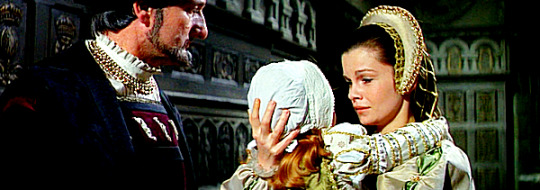

@perioddramasource: PERIOD DRAMA APPRECIATION WEEK
Day Five: Favourite Period Drama Film - Anne of a Thousand Days (1969)
#anne of a thousand days#perioddramaedit#perioddramaweek2023#richard taylor#genevieve bujold#michael johnson#irene papas#lesley paterson#peter jeffrey#henry viii#anne boleyn#George Boleyn#Katherine of Aragon#elizabeth i#Edward Seymour#jane seymour#thomas howard#my edits
176 notes
·
View notes
Text

HAPPY EARLY BIRTHDAY CALVIN:)
this is for my amazing friend, happy early bday @v4nnnce
#bully scholarship edition#canis canem edit#bully fanart#prefects#edward seymour#seth kolbe#max mactavish idk how to spell his name#karl branting
74 notes
·
View notes
Photo
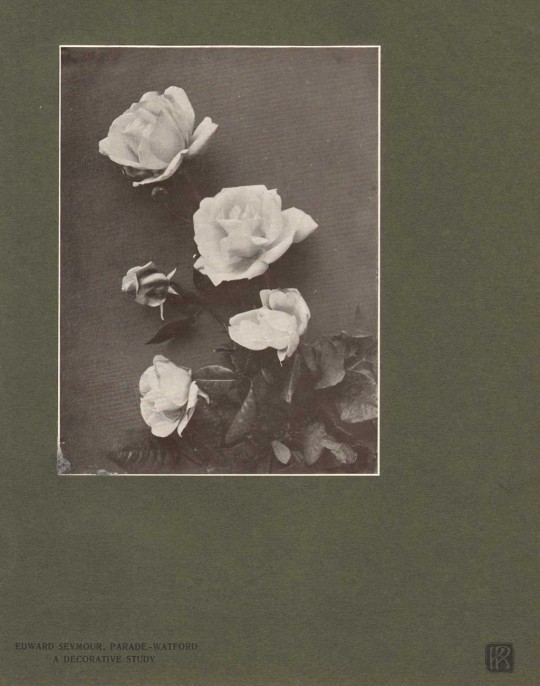
Edward Seymour - A Decorative Study, 1905
319 notes
·
View notes
Photo




Tudor monarchs + family members executed
#historyedit#perioddramaedit#anne boleyn#henry viii#katheryn howard#thomas seymour#edward vi#edward seymour#mary i#lady jane grey#mary queen of scots#elizabeth i#wolf hall#the tudors#six wives with lucy worsley#becoming elizabeth#mary queen of scots 2018#elizabeth 1998#dailytudors#my edit#yes i know the issue is nasty...
558 notes
·
View notes
Text
"Anne Stanhope was a devoted and loyal wife and mother. She was also a politician, a committed religious reformer, and a survivor of Tudor intrigue. It was her actions and her connections at court that saved the Seymour family from ruin throughout the reigns of Edward VI, Mary I, and Elizabeth I. Her activities as a patroness of religious literature distinguished her from many of her contemporaries. Anne also worked with both of her husbands – but with Edward Seymour in particular – to form influential political partnerships. Like many of her female contemporaries, she was a major force in politics and religion. The Duke and Duchess of Somerset’s struggle with Thomas Seymour in the late 1540s, however, set the groundwork for Anne’s unfortunate historical image. Almost immediately, writers and historians slandered her reputation. She became a stereotypical “bad wife” – proud, nagging, vengeful. By looking beyond this image, however, scholars may now view Anne Stanhope’s story in a more balanced light."
-Caroline Elizabeth Armbruster, '"A woman for many imperfections intolerable": Anne Stanhope, the Seymour family, and the Tudor court', (MA thesis, Louisiana State University and Agricultural and Mechanical College, 2013)
#This thesis is online if anyone wants to read it!#historicwomendaily#anne stanhope#edward seymour#seymours#tudors#ngl I didn't know much about Anne Stanhope (or the Seymours - sans Jane - in general) so this was an interesting read!#I think it may have misunderstoodsome stuff about Edward Seymour's first marriage to Catherine Filliol though#as it claimed that Edward repudiated her which I'm not sure happened (and that she entered a nunnery which I'm not sure we have#solid evidence for either)#though admittedly like I said I don't know much about the Seymours so I could be wrong#my post#this has been in my drafts for months adkjsksks#tudor era#16th century#anne seymour#anne seymour duchess of Somerset#anne stanhope duchess of Somerset
25 notes
·
View notes
Text

10 notes
·
View notes
Text
I used to have a massive crush on the actor who played Edward Seymour. I mean, look at him, look at his jawline, look at the way he looks at you.
What a man...
#edward seymour#the tudors#the tudor dynasty#handsome#crush#max brown#Seymour Family#history#british history#british royal family
10 notes
·
View notes
Photo
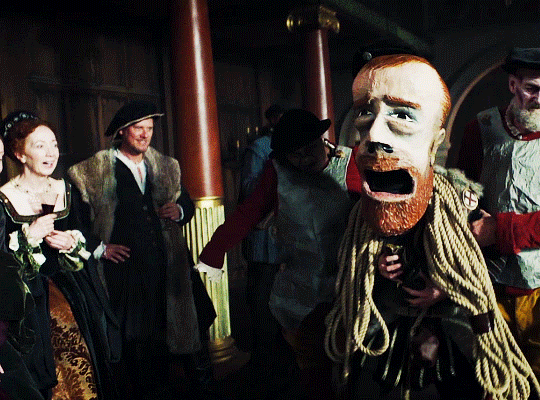


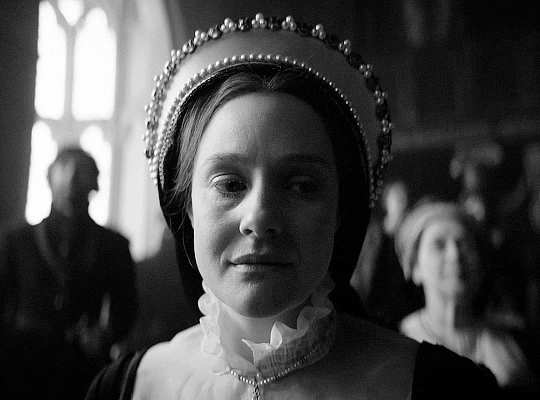
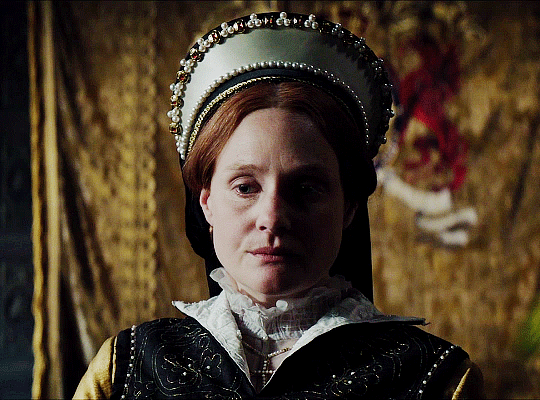
The England you wanted to rule, I wanted to live in it.
Becoming Elizabeth (2022–), 1x08 | 1x02
#Becoming Elizabeth#Edward Seymour#Edward Seymour Duke of Somerset#Mary Tudor#Mary I Tudor#Mary I#John Heffernan#Romola Garai#period drama#becomingelizabethedit#perioddramaedit#gifshistorical#periodedits#tudoredit#Becoming Elizabeth 1x08#Becoming Elizabeth 1x02#my gifs#honestly I wish she had cried again that second time around#not that I expected her to leave the room or put herself in danger in any other way#but her reaction still felt too... restrained#but even so - it's clear that she _cared_#btw: I'm still team Mary - probably always will be team Mary
389 notes
·
View notes
Photo


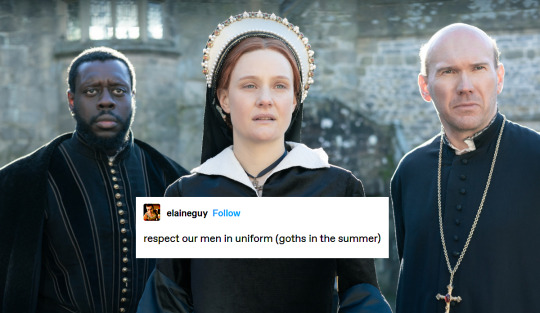







Becoming Elizabeth + Textposts (the grand finale)
Bonus:

#becoming elizabeth#edward vi#elizabeth tudor#john dudley#jane grey#mary i tudor#katherine parr#henry grey#Edward Seymour#sir pedro#thomas seymour (derogatory)#feat. stephen gardiner#theyre all awful ur honour#cant wait for the finale so my suffering will end
216 notes
·
View notes
Text
BE nation how are we feeling

Mary Tudor and Edward Seymour reunion 2023????
13 notes
·
View notes
Text

#edward seymour#thomas seymour#stannis baratheon#renly baratheon#english history#16th century#tudor history#medieval confessions
29 notes
·
View notes
Photo




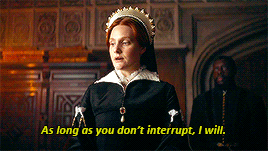


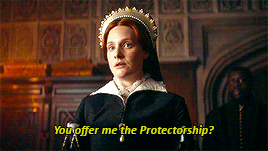

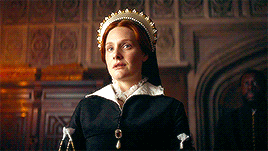
Mary was not in London to offer comfort to her brother while his uncle’s regime collapsed, but she knew more than most people about what was happening and the manoeuvrings behind it. She told Van der Delft that she had been approached to give her support to Somerset’s overthrow, but had declined to get involved. While things remained uncertain, this was wise, and it may also have increased her stock with the council, who continued to view her as someone who must not be ignored. They wrote to Mary and Elizabeth on 9 October (though the letter was primarily intended for Mary, as the heiress to the throne): ‘Because the trouble between us and the Duke of Somerset may have been diversely reported to you, we should explain how the matter is now come to some extremity. We have long perceived his pride and ambition and have failed to stay him within reasonable limits.’ They had been alarmed by the duke’s accusation that they wished to destroy the king and his behaviour at Hampton Court, where he had ‘said many untruths, especially that we should have him removed from office and your Grace made regent, with rule of the king’s person, adding that it would be dangerous to have you, the next in succession, in that place. This was a great treason and none of us has by word or writing opened such matter. He concluded most irreverently and abominably, by pointing to the king and saying that if we attempted anything against him, he [the king] should die before him.’ No wonder Edward had been petrified. The council went on to explain that they had ‘quietly taken the Tower for the king and furnished ourselves with the help of the City of London, which was loyal to the king before the Tower was ours’. They reported that the duke had removed Edward to Windsor and hoped that God would help them ‘deliver [the king] from his cruel and greedy hands. If it should come to extremity’, they added,‘which we will work to avoid - we trust you will stand by us.’
The council’s communication to Mary referred directly to a question about the coup, and the confused months of wrangling that followed it, that has never been fully resolved. Was Mary, at any point, offered the regency? Nowadays, such a robust denial would be taken by a cynical media as proof positive that an approach had been made. Merely by acknowledging the possibility that she could undertake such a role, the council were giving it credence. It seems likely, then, that feelers were put out and that some, at least, of the new privy council considered her a viable candidate. The imperialists would certainly have backed her and, for a time, Van der Delft and others believed that the removal of Somerset was a victory for conservative forces and presaged a return to the old faith. The princess could come out of her semi-exile and use her influence to reimpose the religious settlement of Henry VIII. They were, however, deceived. For two months, the direction that the new government would take hung in the air, as a struggle for power on the council ensued. When it was over, Warwick emerged as the leader of England’s government. He soon made it plain that he had no intention of abandoning religious change; in fact, he would press forward, with Cranmer’s support. All mention of Mary as a regent disappeared.
In truth, she had missed her opportunity. Yet it was a decision taken deliberately. The assertion that Mary would have been an ideal choice because she would not have interfered with the normal process of government is hard to justify. She was known for being a hard-headed woman of strong views, and it seems inconceivable that she would have been content to act as a royal figurehead. Arundel was still in touch with her at the beginning of November, but she could not be persuaded. Though she had been a political outcast for most of her adult life, Mary was no shrinking violet. She would have done much to return her brother to the religion in which she herself had been raised.The reason she failed to grasp the nettle was dislike and distrust of one man above all: John Dudley. ‘The earl of Warwick’, she told Van der Delft in January 1550, ‘is the most unstable man in England. The conspiracy against the Protector has envy and ambition as its only motives.’ — Linda Porter, Mary Tudor: The First Queen
#becoming elizabeth#historyedit#gifshistorical#perioddramaedit#dailytudors#chewieblog#userbbelcher#history#becomingelizabethedit#beedit#Mary I Of England#*mine#porter tag#edward vi of england#Edward Seymour#romola garai
293 notes
·
View notes
Text

egwah
26 notes
·
View notes
Text
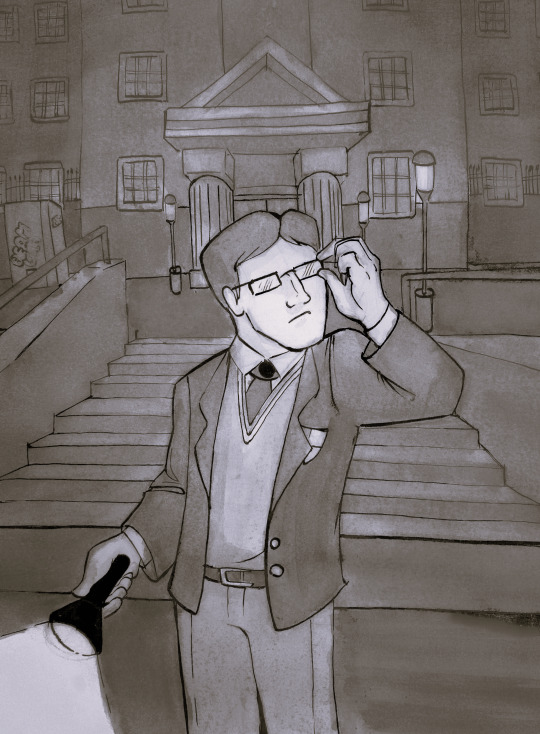
My boy Edward doing his job
#bully cce#canis canem edit#edward seymour#my b art#Ink wash again fellas#I know it is not immediately obvious#But the perspective on this took me a bit of time#Even though it is wonky at places#It is all mapped to vanishing points and such#Fifty shades of Bully
33 notes
·
View notes